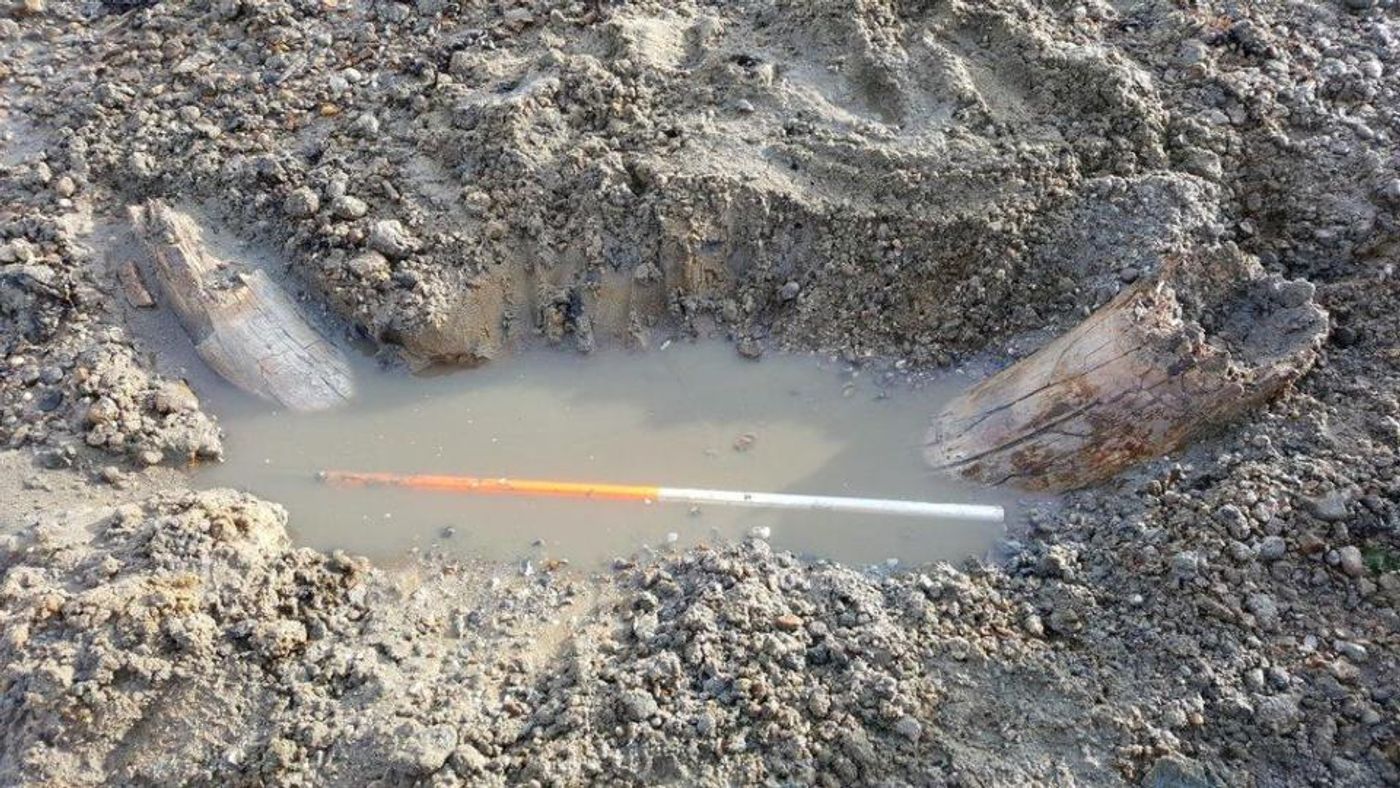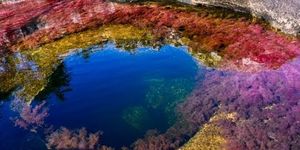Scientists Find Mammoth Tusk on Mersea Island
The bulk of the wooly mammoth population is thought to have died out some 14,000 years ago, but that’s not to say that we don’t see traces of the animal on Earth from time to time.
Just like any other extinct animal species, we often find fossils or remains. In fact, experts recently came across a mammoth tusk on a beach of Mersea Island, England during a field walk that measured well over 3 feet long.
Image Credit: Coastal and Intertidal Zone Archaeological Network
Related: Another possible explanation behind why the wooly mammoth went extinct
Old and decayed, the tusk would have been easily mistaken for a piece of driftwood had it not have been for the experts’ trained eyes. It appeared inside of a small hole in the ground after being uncovered by moving water.
The find, which was made possible by a low-tide sweep, now has experts digging up more of the beach with the hope that more tusks or remnants of the old world might be found.
“We came across it by chance. It is incredibly fragile and quite a rare find,” said Stephanie Ostrich, a researcher with the exploration project. "It's very very exciting. We wanted to take advantage of the particularly low tide this week to see if we could find any goodies, and we couldn't believe it when we found it."
All beachgoers are being asked to report any findings of peculiar objects in the area, as they are fragile and could contain important information about life forms that walked the Earth before modern civilization. That said, studying the tusks is somewhat of an important priority to scientists.
Related: This mammoth skull turned out to be an odd find
Wooly mammoth tusks are made of ivory, just like the modern elephant. On the other hand, these tusks aren’t being collected for the sake of illegal trade – rather to be used for scientific study or as museum display pieces.
In this particular instance, the tusk was left in its current location until a later date when it can be excavated. It's hoped that scientists have use 3D modeling try and study the tusk in more detail.
Source: BBC









